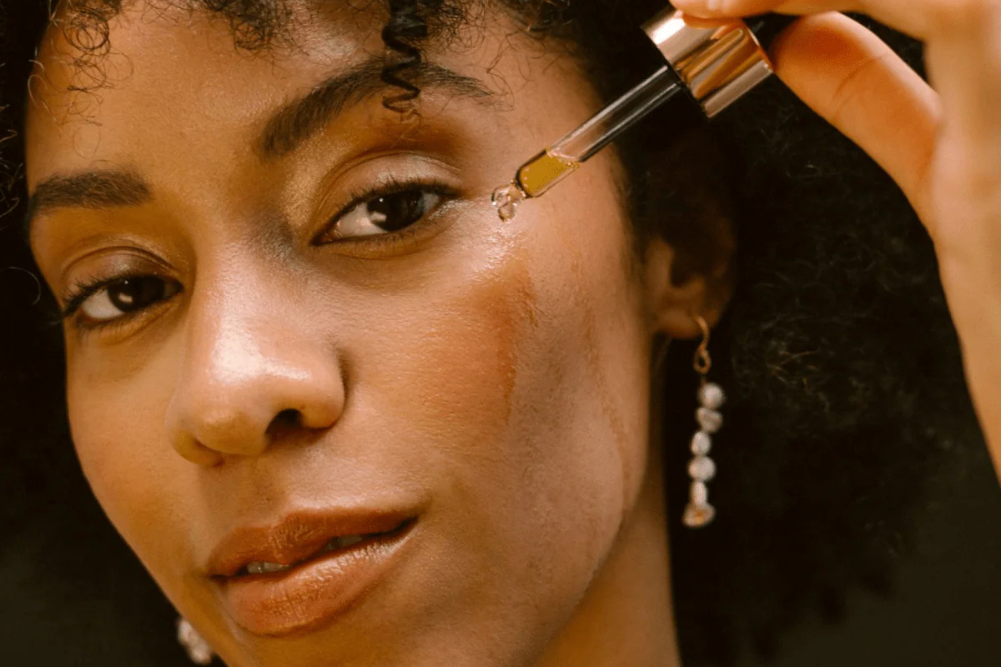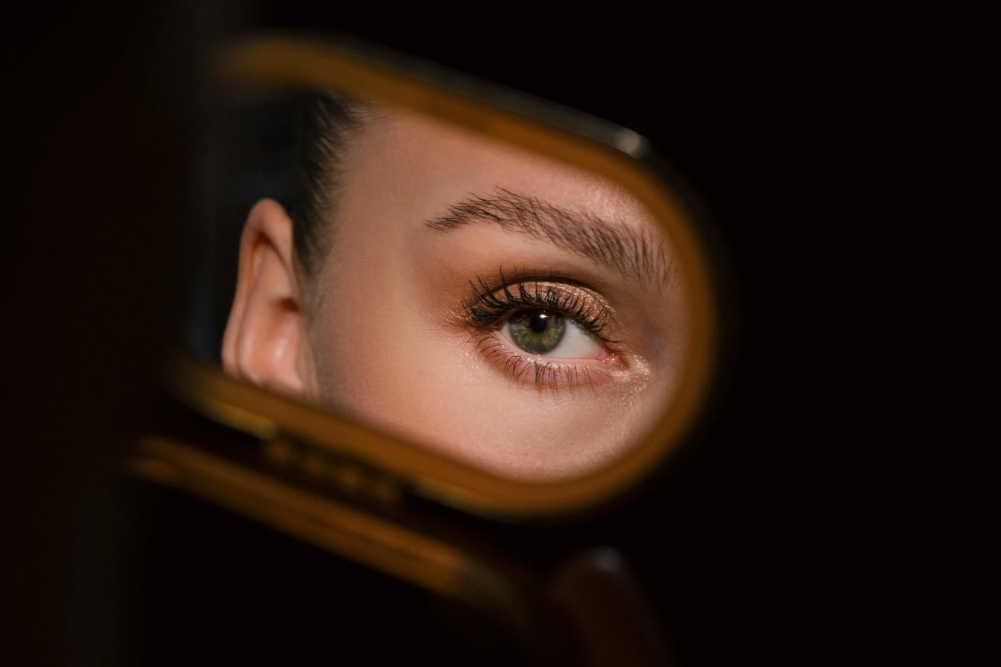Want optimal health and beauty? Carla Oates shares her favourite good fats
Fats are essential for a healthy mind, lean body and beautiful skin. It may be challenging to make friends with fat, though, because we have been told to avoid it for such a long time.
Eating good fats will also help the body better regulate blood sugar levels, burn fat stores, boost satiety and reduce hunger.
Low-fat, high-carbohydrate diets have been prescribed since the 1950s, based on bad science that linked saturated fat and raised cholesterol levels with heart disease.
Confusing things further, the low-fat and fat-free packaged foods we were encouraged to eat were usually highly processed and high in sugar, salt and refined carbohydrates.
Decades of rising rates of obesity, type 2 diabetes, heart disease and high blood pressure have showed, however, that this advice wasn’t working. And a review of all research on saturated fat published in the American Journal of Clinical Nutrition found no correlation between saturated fat and heart disease.
Instead, healthy fats have been proven to be essential for optimal mind, body and skin health.
Fats, mind and moods
Our brains are basically 60 per cent fat, and low-fat diets have been linked to increased rates of depression, Alzheimer’s disease, Parkinson’s disease and other cognitive problems. Omega-3 deficiencies have also been linked to depression and anxiety, perhaps because, to function properly, your brain-cell membranes need an omega-3 fat called docosahexaenoic acid (DHA) found in marine algae and fish oils.
Beneficial brain-nourishing fats can be found in grass-fed meats and butter, fatty fish, free-range eggs, extra-virgin olive oil, nuts, seeds, avocados and coconut oil.
Eat fat, be thin
Research has shown a diet high in healthy fats can reset your metabolism and prevent obesity. Eating good fats will also help the body better regulate blood sugar levels, burn fat stores, boost satiety and reduce hunger, so you’re less likely to binge on refined carbohydrates.
Healthy fat nourishes skin
Essential for healthy skin, hair and nails, good fats are often loaded with vitamins and free-radical-fighting antioxidants, making them anti-inflammatory. They also help us absorb skin-rejuvenating fat-soluble nutrients such as vitamins A, D, E and K and phytonutrients such as carotenoids, lycopene and lutein contained in other foods.
Good fats also help stimulate collagen synthesis and are required to make healthy hormones. Plus, they keep your skin nourished and lubricated from the inside out.
A guide to different fats
Saturated fats
Solid at room temperature, these are found in full-fat dairy products plus beef and chicken fat.
Grass-fed beef, dairy, lamb and turkey contain conjugated linoleic acid: an antioxidant that may protect against heart disease, cancer and diabetes.
Grass-fed beef is also a good source of stearic acid, a long-chain saturated fat shown to lower LDL (“bad”) cholesterol and inflammation. Cacao butter found in dark chocolate is a plant-based source of stearic acid — chocolate lovers rejoice!
Cold-pressed, virgin coconut oil is a plant source of medium-chain saturated fat, which is anti-inflammatory, includes anti-microbial lauric acid (also found in breast milk) and may boost metabolism.
But the message is we only need a little saturated fat, so don’t get more than 10 per cent of your daily calories from it.
Mono-unsaturated fats
Liquid at room temperature, these are found in olive oil, avocados, oily fish, cashews and macadamia nuts. Avocados also contain skin-loving vitamins E and K, folate and fibre.
Extra-virgin olive oil (EVOO) is rich in phytonutrients and omega-9 essential fatty acids (also known as oleic acid) plus vitamins A, B1, B2, C, D, E and K, iron and skin-loving squalene.
EVOO has been shown to help reduce blood pressure, raise HDL (“good”) cholesterol levels, decrease the risk of heart disease and type 2 diabetes and protect against breast, colon, gastrointestinal, skin and prostate cancer.
Polyunsaturated oils
Also known as essential fatty acids (EFAs) because we can’t make them, polyunsaturated fats are liquid at room temperature and found in walnuts, flaxseeds, chia seeds, hemp seeds, wild grass-fed meats, dark-green leafy vegetables, wholegrains, seeds and wild-caught oily fish.
These skin-loving nutrients help you build skin, brain and nerve cell membranes, boost immunity, support heart health, burn body fat, reduce appetite and reduce inflammation. EFAs come in two forms: omega-3s and omega-6s.
Omega-3s can be found in marine sources (EPA, or eicosapentaenoic acid, and DHA) such as fish, marine algae and supplements like spirulina.
You can also get omega-3s in the form of alpha-linoleic acid (ALA) from flaxseeds, hemp seeds, chia seeds, green leafy vegetables, strawberries, kiwifruit and walnuts. However, our bodies aren’t as efficient at converting ALA into the more active forms of EPA and DHA, so these omega-3s are not as potent as marine sources.
Omega-6 oils are in avocados, coconuts, olives, cashews, pine nuts, sesame oil, evening primrose oil and borage oils. Small doses can support your nervous and immune systems and nourish your skin.
The “6s” are also found in plant oils such as canola, sunflower and soybean oils, which are abundant in packaged foods that aren’t healthy as they are usually processed, contain rancid oil and are easy to overconsume.
Remember to eat more omega-3s and fewer omega-6s — aim for a ratio of 1:3. Omega-3 oils are super for your skin but excess omega-6s causes inflammation, weight gain and ageing.
Trans fats
These unhealthy fats are polyunsaturated vegetable oils that have been hydrogenated or partially hydrogenated to make them solid at room temperature and prolong their shelf life. These man-made fats damage the skin, flood the body with free radicals, raise bad LDL cholesterol, cause heart disease and inflammation, promote ageing and have been linked to cancer.
Trans fats may be found in store-bought mayonnaise and salad dressings, most packaged snacks, biscuits, crackers, margarines, most fast food and deep-fried foods. Read labels carefully and avoid at all costs.
Palm oils and animal fats
Your body converts excess sugar and carbohydrates into palmitic acid, which is also higher in grain-fed animals than grass-fed animals. Palm oil is another source of palmitic acid, which raises LDL cholesterol and may cause heart disease and suppress the release of leptin, the hormone that regulates your appetite.
How much is enough?
Eating a little healthy fat every meal will help you feel fuller for longer, regulate blood sugar levels and enhance absorption of nutrients from other foods. Aim for 40–60g of healthy fat daily and no more than 30 per cent of your total calories. A small serving of fat could be a tablespoon of EVOO drizzled on your vegetables or a quarter of an avocado, half a dozen nuts, a small portion of oily fish or a sprinkle of pumpkin seeds added to your plate.








